
Ariocarpus retusus
It's autumn and the ariocarpus are in bloom. Typical of cacti, they do it spectacularly. But atypical of cacti, ariocarpus are not easy to grow. Unless you live in Texas or northern Mexico, forget about growing them out in the open. Yet give these stacked-looking cacti a Texas mudflat, and they settle right in.
Ariocarpus in habitat
The only evidence of one's presence in habitat may be a multi-pointed star outlined in sunbaked sand. Burying themselves in this lithops-like way helps ariocarpus conserve moisture and discourage thirsty predators. Yet considering how these succulents resemble piped frosting with whipped cream, even topped with berries (when in bloom), such concealment seems a shame.
Ariocarpus care
If you live in Southern and coastal CA, the banana belt of succulents, you'll need a cold frame or greenhouse to keep ariocarpus warm and dry in winter. To me that's too much trouble, but serious collectors are OK with it. And that brings me to the point (no pun intended) of this post: You needn't bother actually growing ariocarpus, because you can see fantastic specimens at shows.
Where to see ariocarpus
Although some specialty nurseries carry them (notably CA Cactus in Pasadena), the best place to view the plants is at Cactus & Succulent Society Shows. Southern CA collector and grower Peter Walkowiak typically brings a half dozen prime specimens to the Palomar C&S Show at the San Diego Botanic Garden (held annually the last weekend in October)...which is also when they're flowering!
What's the white stuff?
Ariocarpus are among those fascinating cacti that produce fine white filaments. Although such wool likely protects the plant's vital core from scorching sun, and it may even collect dew, it's actual purpose is uncertain. It certainly does make the plants memorable.
Ariocarpus at a glance
- Ball-shaped cacti resemble asteroids
- Tuberous roots are vulnerable to overwatering
- Native to Texas and northern Mexico
- Stems (tubercles) are triangular or conical
- Depending on the species, tubercles may curve upward
- Skin may be smooth, or fissured and crinkly
- Low-growing. May be nearly buried in habitat
- Prefers rocky, sandy, coarse, fast-draining soil
- Size (at great age): six inches high by a foot wide
- Seldom produce offsets. Propagate by seed
- No spines, but stiff tubercles have points
- Notoriously slow-growing
- Colors vary from pale gray through shades of green
- Needs strong sunlight
- Water only during the summer growing season
- Main bloom time is fall
- Showy flowers are magenta, pink, cream or yellow
Your opinion please
Do you have an ariocarpus story, tip or question? Kindly scroll down and tell us in the comments! And if you think I've ID'd a plant incorrectly or need to give credit where due---here or elsewhere on my site---I'm grateful to know. Thanks, Debra
Ariocarpus Gallery
Cactus Details, Photos and Varieties
Cactus Care, Gallery and Names All cacti are succulents, but not all succulents are cacti. They’re an acquired taste, but once hooked (forgive the pun) you’ll collect more and more. About Cacti Native to deserts and dry regions of the Americas, cacti are succulents at their simplest: a water-storing body and vestigial leaves (spines). These…
The post Can You Grow Ariocarpus? appeared first on Debra Lee Baldwin. Copyright © Debra Lee Baldwin.
from Debra Lee Baldwin https://ift.tt/32oL17P
via IFTTT

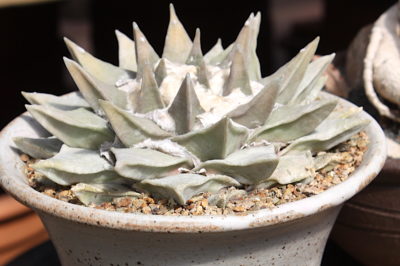
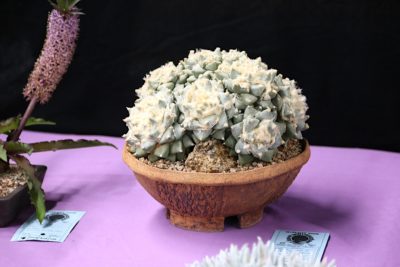
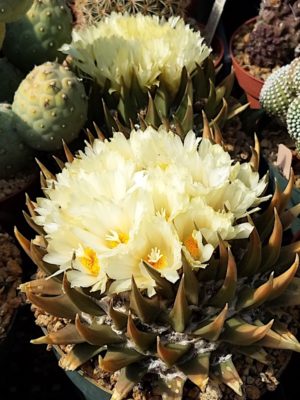
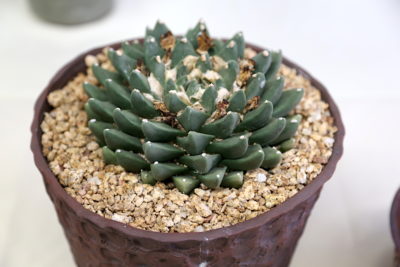
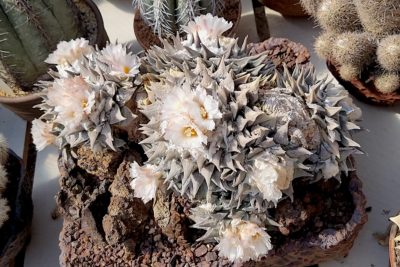
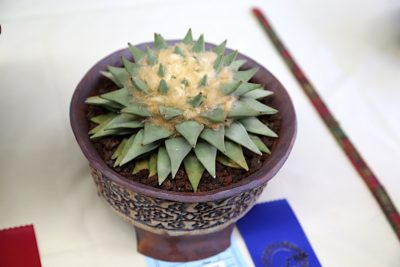
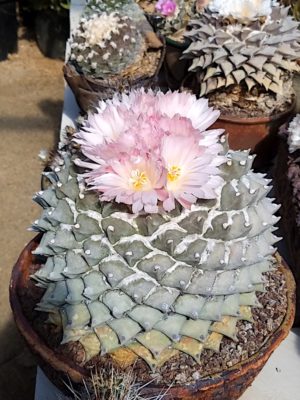
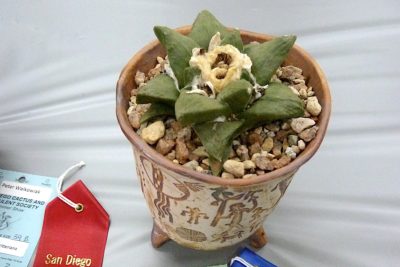
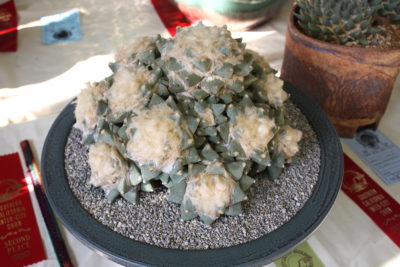
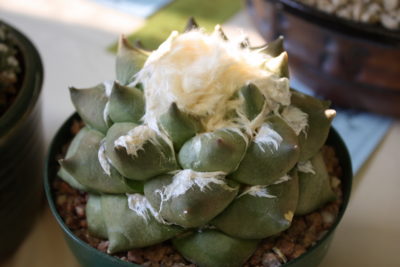

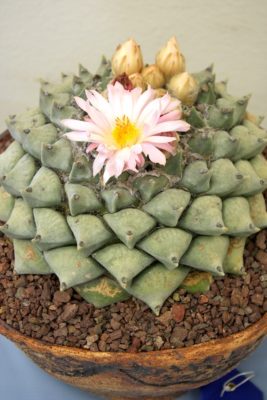
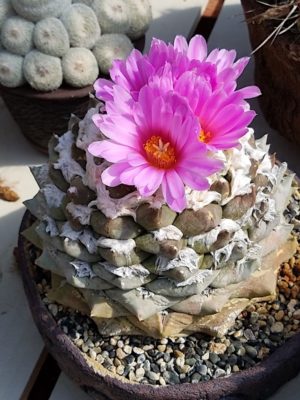
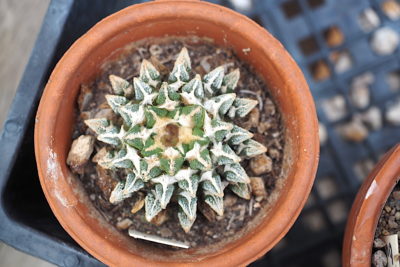
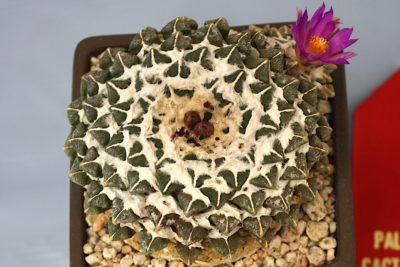
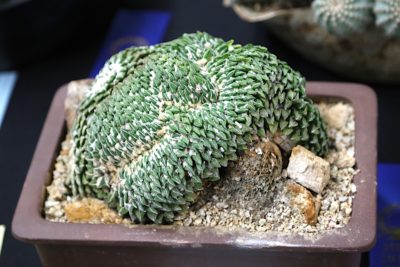
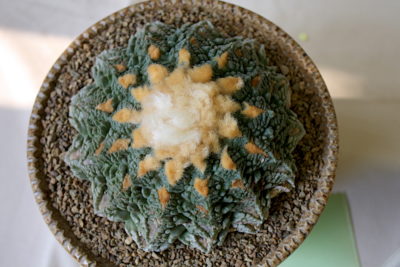
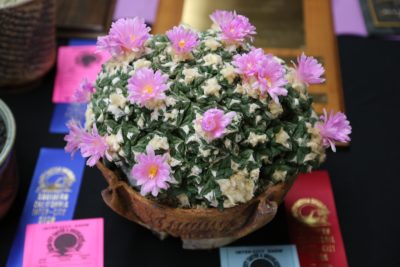
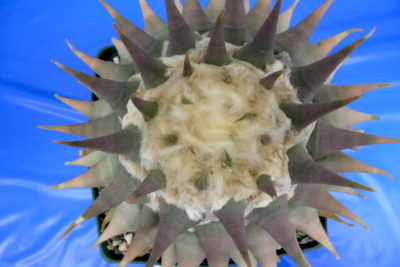
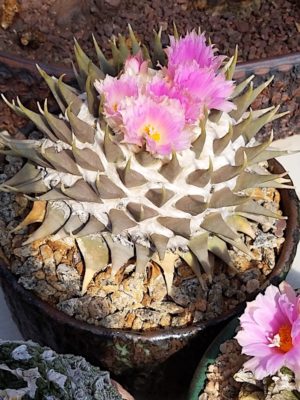
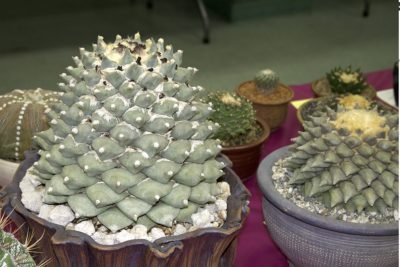
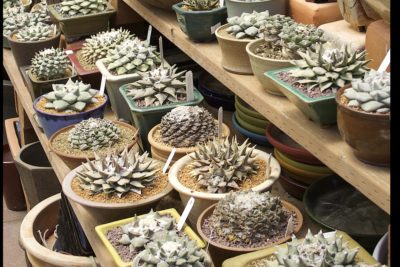
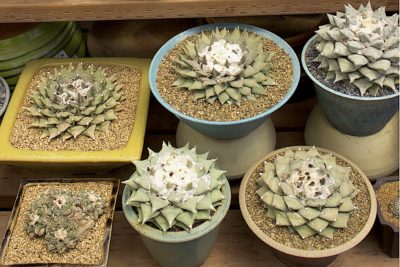

No hay comentarios:
Publicar un comentario